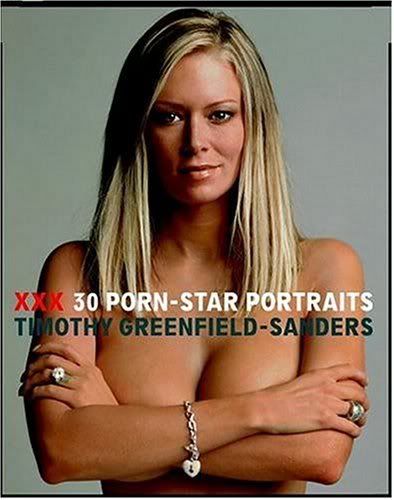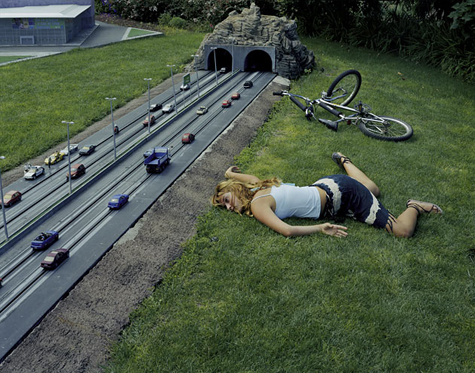


http://www.greenfield-sanders.com/
Biographical Information: Timothy Greenfield-Sanders (born 1952) is an American portrait photographer known for his strikingly intimate portraits of world leaders and major cultural figures. The majority of his work is shot in large format, 11x14 inch black and white film and 8x10 color film. His images are widely published and he is a contributing photographer to Vanity Fair.
Educational Background: Greenfield-Sanders received a B.A. degree in Art History from Columbia University in 1974 and a M.F.A. degree from the American Film Institute in 1977 in film. While studying film at A.F.I. he became interested in portraiture after the school asked him to photograph visiting dignitaries for the archive. Alfred Hitchcock, Ingmar Bergman, Billy Wilder and Bette Davis all gave the young student tips.
Career: "Art World Exhibit" Timothy Greenfield-Sanders started out photographing artists. Through his father-in-law, Abstract Expressionist painter Joop Sanders he met the leading figures of the "Ab Ex School", including Willem de Kooning, Larry Rivers, Milton Resnick, Lee Krasner and Robert Motherwell among others. In those early years he also started to photograph the emerging artists of his own generation, Cindy Sherman, Julian Schnabel, David Salle, Richard Prince and Peter Halley for example. His art world obsession continued and he added art critics, art dealers, art collectors and art curators to his archive. Greenfield-Sanders' first one-man exhibition was in 1981 at The Marcuse Pfeiffer Gallery. Titled, "New York Artists of the Fifties in the Eighties", the show consisted of 40 portraits of the leading figures of the Fifties who were still alive. The exhibition was reviewed in the New York Times by Hilton Kramer, the chief art critic for the newspaper. Kramer said, "Mr. Greenfield-Sanders has a wonderful eye for faces and a subtle understanding of how their characteristic attributes may best be translated into the language of the photographic print. Even if we did not know who his subjects are, this would be a very affecting exhibition. But since the subjects are who they are, this show is also something of a historic event-and a moving one, too, for anyone who has lived through the period that it recalls". This significant review in the Times gave the photographer an important career boost. Years later, in 1999, Greenfield-Sanders exhibited all the art world subjects who had sat for his camera over a 20 year period. There were 700 images in this show at The Mary Boone Gallery in New York. Full editions of all 700 images are now in the collections of The Museum of Modern Art in New York and The Museum of Fine Arts, Houston.


















.jpg)














 Posted By: Toni Ratleff
Posted By: Toni Ratleff
















